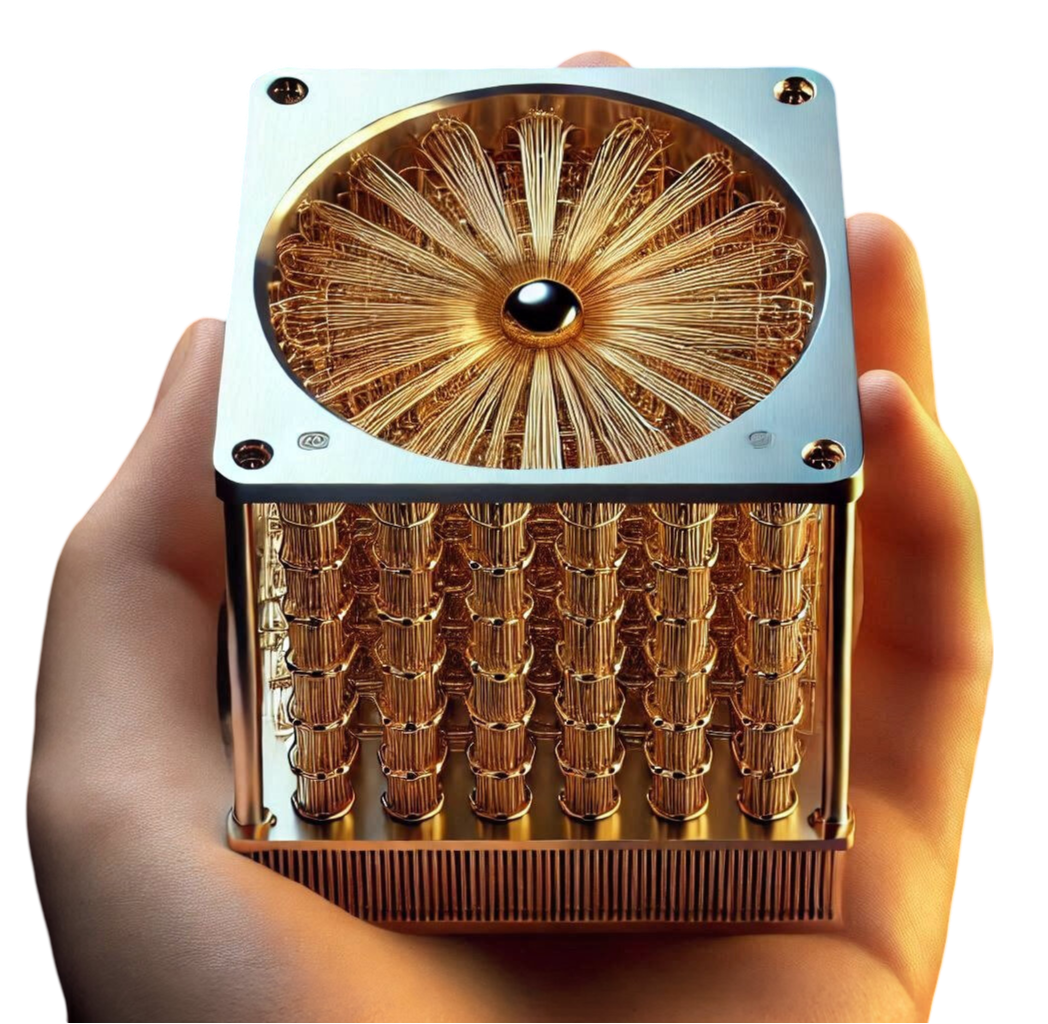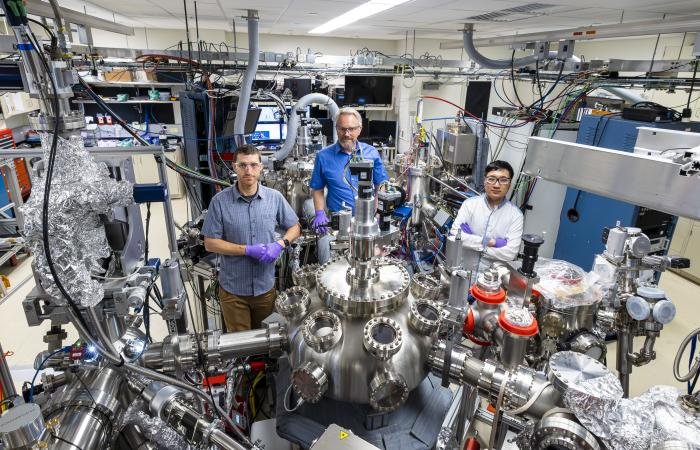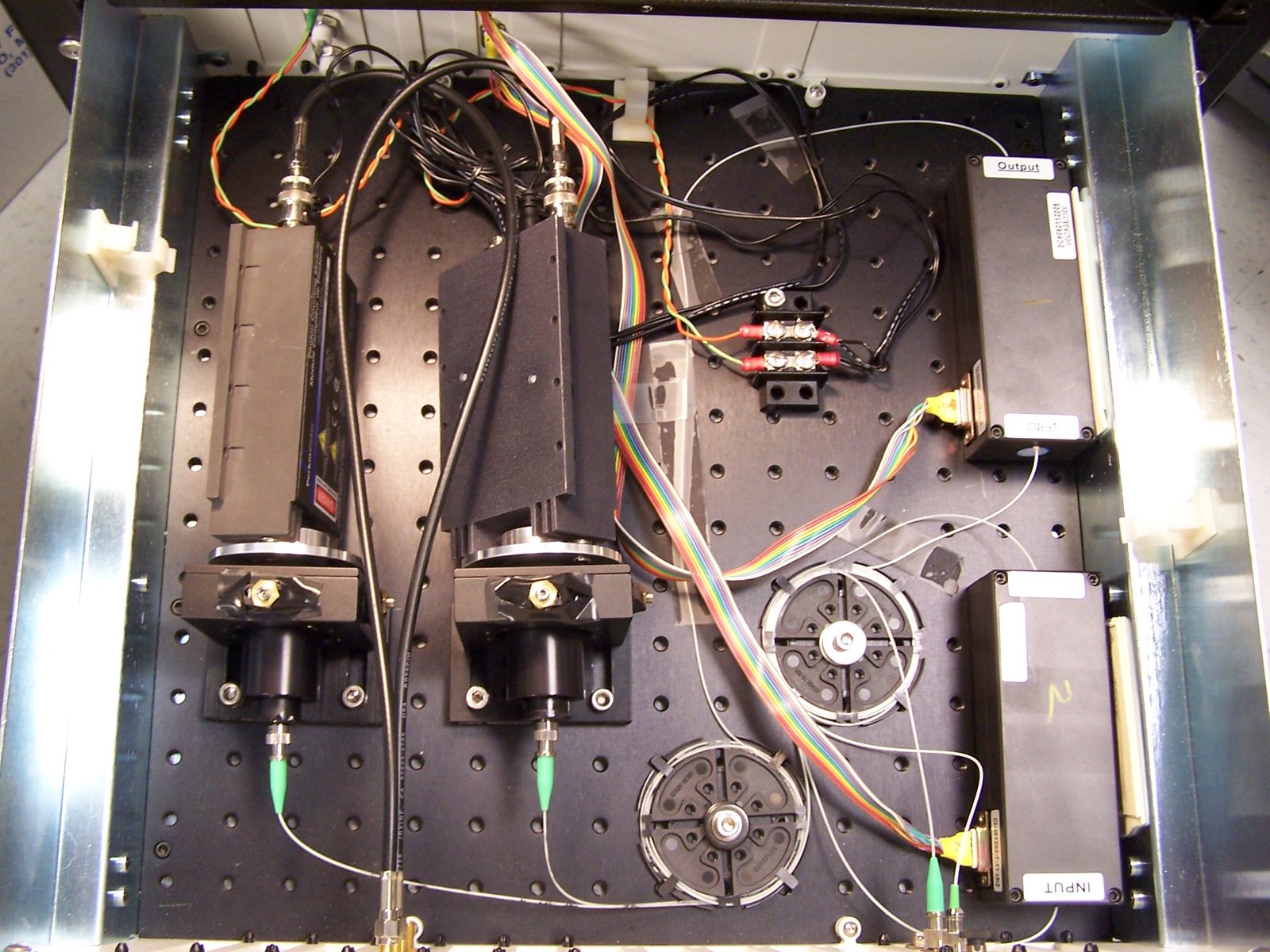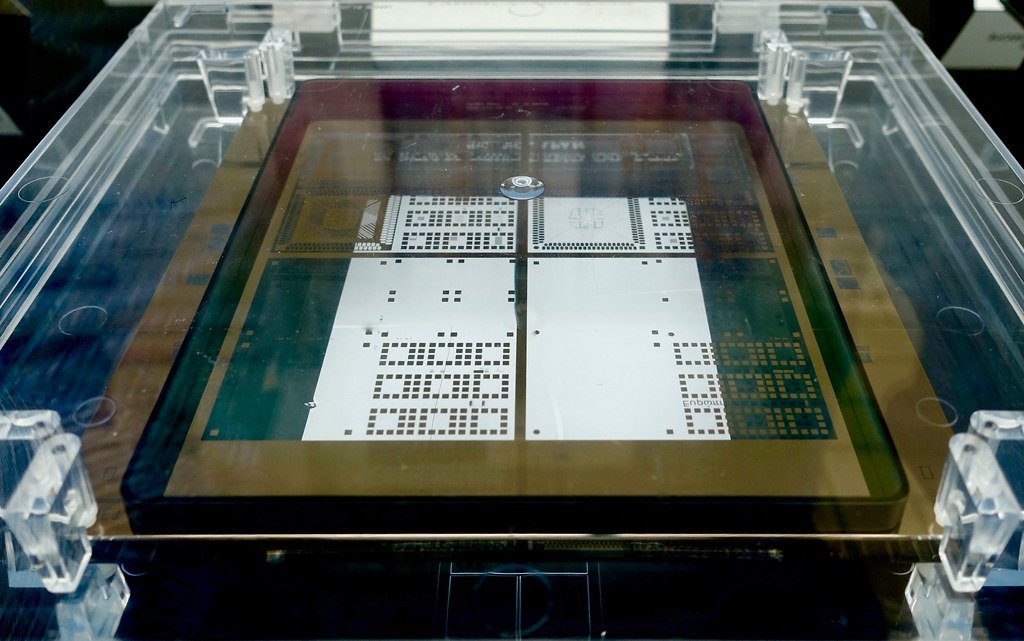In the ever-evolving landscape of technology, quantum computing emerges as a force that promises to redefine our understanding of the digital world. Unlike classical computers, which crunch numbers using bits that exist as either 0s or 1s, quantum computers operate on qubits. These qubits can exist in multiple states at once, thanks to a peculiar quantum phenomenon called superposition. This fundamental difference is what gives quantum computers their exceptional power and potential. Imagine trying to solve a complex maze; a classical computer would take each path one by one, whereas a quantum computer could explore all paths simultaneously. This capability holds the promise of unprecedented advancements across various fields, from cryptography to medicine.
Quantum Mechanics: The Building Blocks

At the heart of quantum computing lies the enigmatic world of quantum mechanics. This branch of physics explores the behavior of particles at the smallest scales, where the rules of classical physics no longer apply. Quantum mechanics introduces us to concepts like entanglement and superposition, which are crucial for quantum computing. For instance, entanglement allows qubits to become intertwined in such a way that the state of one qubit instantly affects the state of another, no matter the distance between them. This phenomenon is often described as “spooky action at a distance,” and it forms the backbone of quantum communication and computation. Understanding these principles is like learning a new language that reveals the hidden layers of the universe.
Superposition: The Quantum Leap

Superposition is a game-changer in the realm of quantum computing. In essence, it allows qubits to inhabit multiple states simultaneously, unlike classical bits which are strictly binary. This capability exponentially increases the computational power of quantum computers. Imagine a light switch that can be both on and off at the same time; such a state opens up a myriad of possibilities for computation. By harnessing superposition, quantum computers can perform complex calculations at speeds unimaginable with traditional computers, solving problems that would take centuries for classical machines in mere seconds.
Entanglement: The Quantum Connection

Entanglement is another cornerstone of quantum computing, offering a kind of connectivity that defies classical understanding. When two qubits become entangled, their states are interdependent, meaning a change in one instantly affects the other. This interconnectedness allows quantum computers to process information in ways that traditional computers cannot. For example, while classical computers transmit data in a linear fashion, entangled qubits can share information instantaneously. This capability is not only pivotal for computation but also for creating secure communication channels, as eavesdropping on entangled particles would immediately disrupt their state and reveal the intrusion.
Quantum Algorithms: Redefining Problem Solving

Quantum algorithms are at the forefront of this technological revolution, offering new methods for solving problems that are currently intractable for classical computers. One famous example is Shor’s algorithm, which can factor large numbers exponentially faster than the best-known classical algorithms. This has profound implications for fields like cryptography, where the security of data relies on the difficulty of factoring large numbers. Another groundbreaking algorithm is Grover’s, which provides a quadratic speedup for unstructured search problems. These algorithms demonstrate how quantum computing could transform industries by making previously impossible tasks achievable.
The Quantum Hardware: Building the Future
Constructing a quantum computer is no simple feat, requiring cutting-edge technology and materials. Quantum hardware must maintain qubits in a delicate state of superposition and entanglement, often at temperatures close to absolute zero. This involves sophisticated engineering and materials science to create stable environments where qubits can function effectively. Currently, several approaches exist, including superconducting circuits, trapped ions, and topological qubits, each with its own set of challenges and advantages. As researchers continue to innovate, the race to build a practical, large-scale quantum computer intensifies, promising to unlock new horizons in computing power.
Potential Applications: A Quantum Leap for Industries

The potential applications of quantum computing span a wide array of industries, each poised for transformation. In healthcare, quantum computers could revolutionize drug discovery by simulating molecular interactions at an unprecedented scale, accelerating the development of new treatments. In logistics, they could optimize supply chains by solving complex routing problems with ease. Financial institutions may leverage quantum computing for risk analysis and fraud detection, processing vast amounts of data more efficiently. Even climate modeling could benefit, with quantum computers simulating environmental systems to predict changes with greater accuracy. The possibilities are vast, limited only by our imagination and ingenuity.
The Challenges: Overcoming Quantum Hurdles
Despite its potential, quantum computing faces significant challenges that must be addressed before it can become mainstream. One of the primary hurdles is error correction; qubits are highly susceptible to interference from their environment, which can lead to errors in calculations. Quantum error correction is a burgeoning field aimed at mitigating these issues, though it requires a substantial number of additional qubits to function effectively. Scalability is another concern, as building a quantum computer with enough qubits to outperform classical machines remains a daunting task. Moreover, the current lack of a universal programming language for quantum computers complicates their integration into existing systems. Overcoming these obstacles is essential for the realization of quantum computing’s full potential.
Quantum Cryptography: Securing the Future

Quantum computing also heralds a new era in cryptography, offering both opportunities and challenges for data security. Quantum cryptography leverages principles like entanglement to create secure communication channels that are theoretically immune to eavesdropping. Quantum key distribution, for instance, allows two parties to share a secret key with guaranteed security, as any interception attempt would alter the state of the qubits and be detected. However, the same power that makes quantum computing a boon for security also poses a threat; quantum computers could potentially break current encryption standards, necessitating the development of new cryptographic methods. The interplay between quantum computing and cryptography will be critical in safeguarding the digital future.
The Road Ahead: A Quantum Future
As we stand on the cusp of a quantum revolution, the road ahead is both exciting and uncertain. Continued research and investment in quantum technologies are crucial for overcoming existing challenges and unlocking the full potential of quantum computing. Collaboration between academia, industry, and governments will play a pivotal role in navigating this complex landscape. As we explore this new frontier, it’s essential to remain mindful of the ethical implications and societal impacts of quantum computing. By doing so, we can ensure that this powerful tool is used to benefit humanity, ushering in a future where the boundaries of what’s possible are continually redefined.




